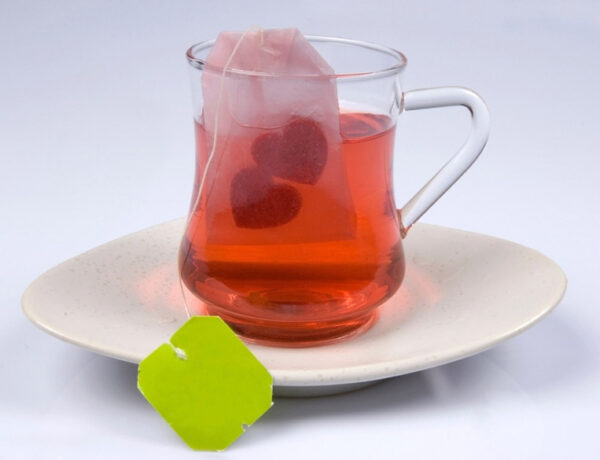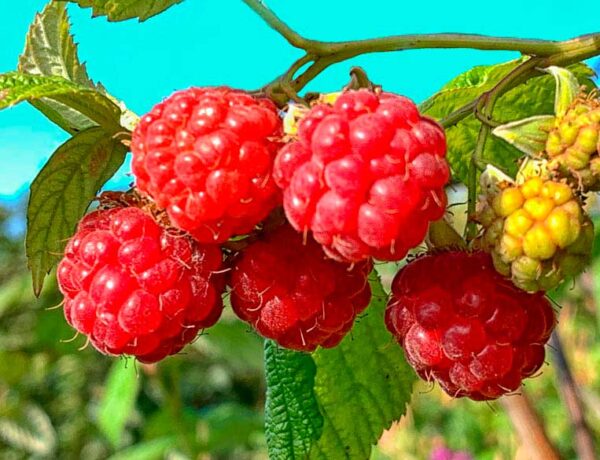In case you missed last week’s column, I covered the basics of starting your own seedlings, beginning with containers, soil, and temperature.
This week, we’ll continue with more tips and tools for starting your own seedlings because seedlings CAN talk; we just need to improve our listening skills.
Now once seeds germinate and sprout their second set of leaves (also called their true leaves), it’s time to “pot ‘em up” to larger pots. These could be plastic 6-packs, 4-inch pots, plastic cups, or yogurt containers. Whatever floats your boat. Just make sure they’re clean and sport holes in the bottom for drainage.
At this point, it’s time to focus on the care and feeding of your seedlings.
[perfectpullquote align=”full” bordertop=”false” cite=”” link=”” color=”” class=”” size=””]The mantra here is PAY ATTENTION. I mean, to raise a puppy, you wouldn’t set him in the corner and expect him to thrive, right?[/perfectpullquote]
The same goes for seedlings. With a half-dozen or so of important parameters to keep track of, to the beginner, it may seem daunting. When I taught Organic Gardening classes at Kodiak College, I developed the following acronym to help students remember what seedlings needed to grow up healthy and strong so they would survive The Big Move. That is, outside into the garden.
[This article was originally published in the Kodiak Daily Mirror, the hometown newspaper for Kodiak, Alaska. You can access the archive page for my past columns, written each week since 1986. One more thing… if you’re not happy with your composting efforts, then I invite you to discover your #1 composting mistake by taking my 60-second assessment here.].
Today, I share this acronym with my online students. Just remember, “My F-L-A-T-S,” I tell them, starting with “’M’ for moisture.”
M: Moisture
F: Food
L: Light
A: Air
T: Temperature
S: Soil
I got a little ahead of myself last week by covering T (temperature) and S (soil) but good things should be repeated.
M (Moisture)
Thou shalt keep seedlings damp. Not too wet, not too dry. And thou shalt never let them dry out. Use a sprayer to moisten young seedlings, but as roots develop, water them from the bottom to encourage roots to “reach.” In case you’re wondering, plants prefer rainwater over municipal water. Just saying.
F (Food)
The seeds themselves contain food for young sprouts but as they grow, they require additional sustenance. Begin feeding seedlings a diluted organic fertilizer when they develop their second set of leaves.
L (Light)
[perfectpullquote align=”full” bordertop=”false” cite=”” link=”” color=”” class=”” size=””]Light, or lack of it, is probably the Number One reason people get discouraged with starting seedlings.[/perfectpullquote]
Seedlings grown in low-angled, dim winter light become lanky, pale and weak. Which means, when planted outside they topple over (dare I call it a ‘face-plant’) with the slightest breeze. For a plant to develop a strong root system, stems, and leaves that enables it to stand tall in the outside world, it needs 14 – 16 hours of light from the moment it germinates. Make life less complicated: Set up a timer.
As for windowsills, I don’t recommend growing seedlings on a windowsill. Light levels are poor and directional. Avoid windowsills, at least until mid to late March. If windowsills are your only option though, rotate containers daily and provide additional light; or at least set up a reflector to bounce light back onto the seedlings.
LED grow lights are especially good because they give off very little heat. They also use half the electricity, last 5x longer than fluorescent bulbs, are mercury-free, and won’t shatter like glass. Regular incandescent bulbs are not recommended for indoor growing because they give off too much heat and can burn tender foliage.
Either way, as your plants grow, keep them as close to the light as possible, within 2 – 4 inches. As the seedlings grow, move the light fixtures up or lower the floor. Okay, I’m joking here.
A (Air)
I once toured a poinsettia growing operation in central California. The giant greenhouses, filled to capacity with trays of 4-inch cuttings, hummed with fans. An employee explained that the fans run 24/7. “It’s one of our major defenses against pests.”
To keep pests at bay, including damping-off disease and aphids, keep a fan running at all times.
T (Temperature)
As I stated last week, germinate seedlings in warm conditions and, for cool-loving plants such as lettuce, broccoli, cabbage, onions, move them into cooler conditions after you transplant them into larger containers.
S (Soil)
I covered this extensively last week. In a nutshell, new discoveries in soil science have determined that a lot more happens in the root zone than we ever imagined, which validates reasons to reduce or halt altogether the use of synthetic (chemical) fertilizers, herbicides and pesticides.
You may wonder, why grow your own seedlings in the first place? Personally, I do a little of both: Start my own seedlings and purchase a bunch more. And some plants, especially root crops like carrots, radishes, and turnips, don’t transplant well and should be sown directly in the soil.
Still, there are many advantages to starting plants from seed:
1. It’s on YOUR time schedule
2. You get a jump on the growing season
3. You save money (usually!)
4. Seeds offer a greater variety of choices
5. You always learn something new
Last, but not least: Seedlings don’t care if you’re having a bad hair day! And they’re too polite to tell you so!
Thanks for stopping by!
Cheers,
~ Marion
-=-=-=-=-=-=-
P.S. It’s a project! I’m posting over 1,200 of my weekly gardening articles, which you can access here. And be sure to check out my special 6-page report: “220 Things You Can Compost”. To contact me by email: marion (at) marionowenalaska.com.





No Comments